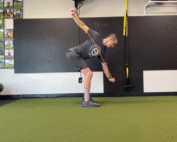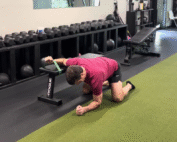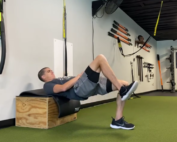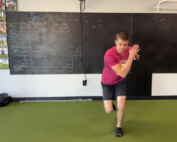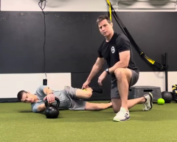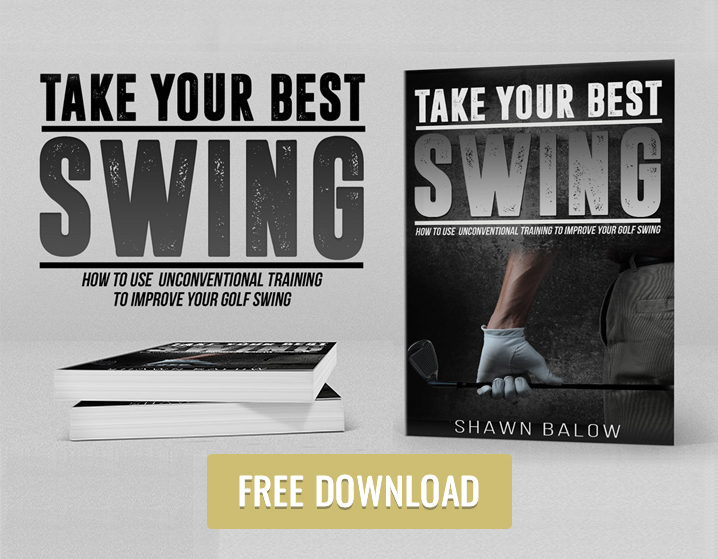How Self-Myofascial Release Can Improve Your Overall Performance
How Self-Myofascial Release Can Improve Your Overall Performance So, you hit the gym or the golf course hard yesterday and were feeling great about all that you accomplished. You even took the time to stretch, which you often forget to do.
But ever since you woke up this morning, you’ve been feeling sore and your muscles are tight. You’re left wondering “I stretched to avoid feeling like this today. Why are my muscles and joints so sore?!”
While there are a number of other reasons why you could be having these feelings, the most likely culprit is what’s known as Delayed-Onset Muscle Soreness (DOMS).
To fully understand why self-myofascial release (SMR) works, let’s discuss the science behind your muscle soreness.
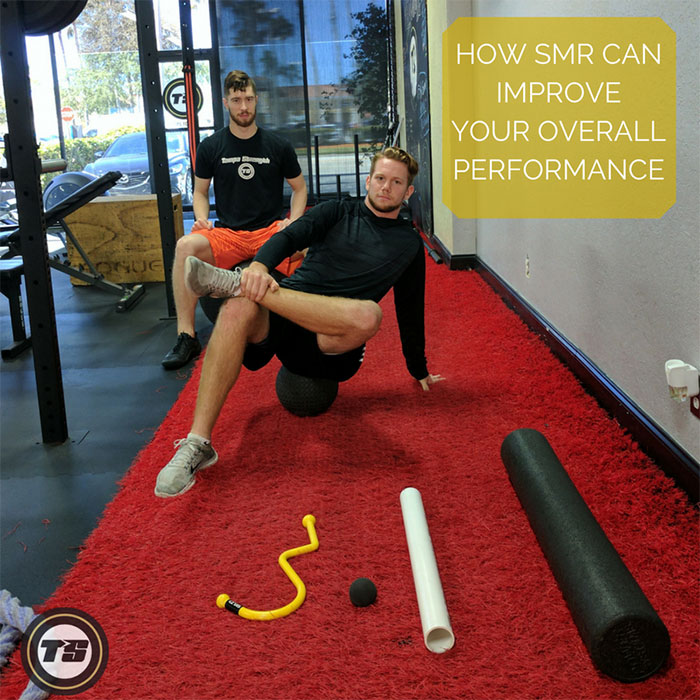
The Kinetic Chain
The kinetic chain is comprised of the soft tissue system (muscle, tendon, ligament, and fascia), neural system (nerves and CNS), and articular system (joints). The kinetic chain works as an integrated functional unit, with all segments existing interdependently.
When one component works inefficiently, the other components have to step up and compensate, which leads to tissue overload, fatigue, faulty movement patterns, and finally initiates the Cumulative Injury Cycle.
For example, muscle tightness restricts the joint’s range of motion. These restrictions alter the normal neural feedback to the central nervous system (CNS), leading to neuromuscular efficiency.
Once neuromuscular efficiency is compromised, poor movement patterns occur, which induce premature fatigue, often leading to injury.
Now that we understand the basic science behind the kinetic chain, here’s what you can do to help keep your muscles running in tip-top shape. SMR assists athletes in improving muscular health, balance, and performance.
Self-Myofascial Release & the Foam Roller
No matter your level of athleticism, we’ve all experienced that muscle soreness, fatigue, and limited range of motion after physical activity.
While there’s no way to avoid it, self-myofascial release and stretching can offer major relief and speed up the healing process.
Aside from getting a deep-tissue massage, the most popular (and least expensive way) way of achieving this is with a foam roller. However, there are other implements one can use, like a lacrosse ball.
When Should Self-Myofascial Release Be Performed?
Ideally, you should be incorporating SMR into your workouts as part of your warm-up and cool down. Before you begin any cardio or stretching, utilize your foam roller to target specific problem areas. This will help get the blood flowing and reduce tension on affected muscles.
Also, apply these self-myofascial methods post-workout, which assists in flushing out any blood and toxins that might have pooled during your training session. Oxygen and fresh nutrients then have an opportunity to enter the affected muscles, allowing the healing process to begin.
If you’re running short on time and can only fit one SMR session in, pre-workout will yield the best results. Spending as little as five minutes pre-workout can significantly impact the quality of your training session.
Sitting around the house watching your favorite show? Why not get off the couch and roll for a few minutes? While you can do harm to your body if you roll too long in one area in one sitting, these methods can be applied at any time, anywhere. My foam roller even goes on road trips with me!
So, let’s review a few of the benefits of self-myofascial release:
– Relieves muscle soreness and joint stress
– Decreases neuromuscular hypertonicity
– Improves neuromuscular efficiency
– Corrects muscle imbalances
– Maintains normal functional muscular length
– Improves joint range of motion
These techniques offer both short and long-term benefits for everyone, from the avid golfer, looking to improve their golf game, to the novice, hoping to achieve greater health and strength.
For more information on designing a balanced, comprehensive workout program, contact Tampa Strength trainer John with any questions John@TampaStrength.com.


